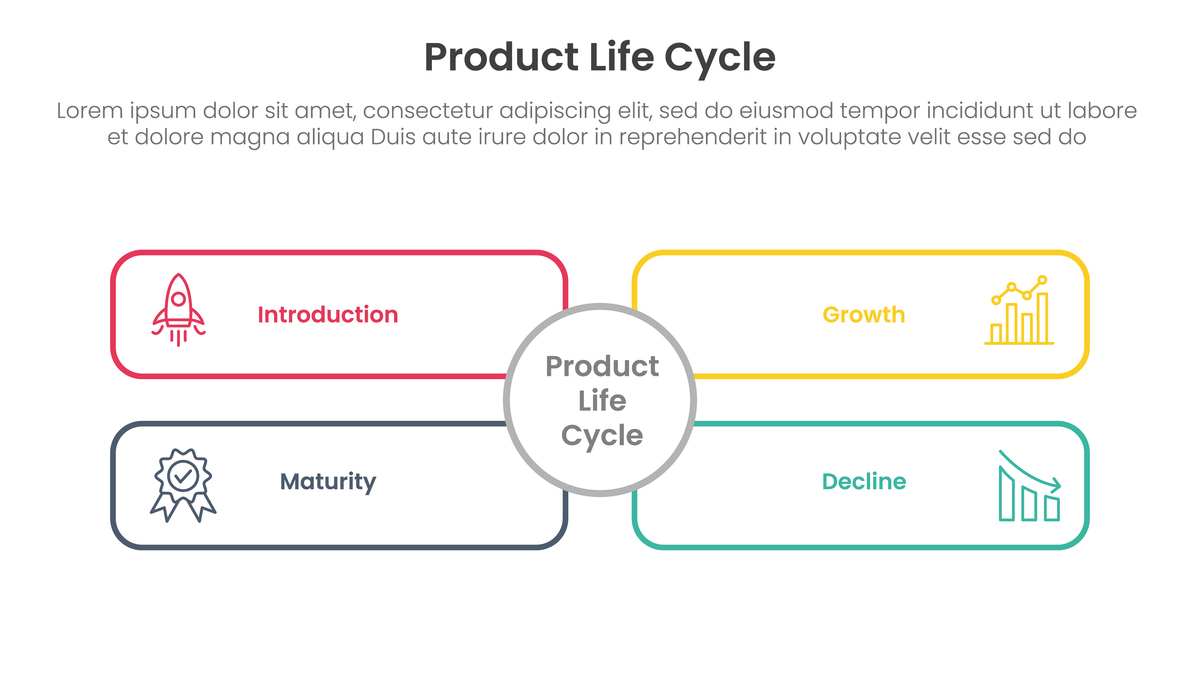帮我翻译这篇文章成英文:11、负债结构进行分析负债结构由负债总额与负债构成。本文数据来自于碧桂园控股有限公司2016-2020年度财务报表。关于负债总额从表1可以看出随着碧桂园的发展它在2016-2020年间的负债也在增长从2016年的205590亿元到2020年的1456286亿元翻了七倍还多在2018年和2019年它的负债增速都是最快的都是80以上而2018年则是90左右。流动负债对总负债的增
1.1 Analysis of Debt Structure
The debt structure consists of the total amount of debt and the composition of debt. The data in this article comes from the financial statements of Country Garden Holdings Co., Ltd. from 2016 to 2020. Regarding the total amount of debt, Table 1 shows that as Country Garden develops, its debt has also increased from RMB 205.59 billion in 2016 to RMB 1,456.29 billion in 2020, more than seven times higher. In 2018 and 2019, its debt growth rate was the fastest, both exceeding 80%, with 2018 being around 90%. Among them, the growth of current liabilities had the greatest impact on the total debt, with a growth rate of 101.05% in 2018 and 89.86% in 2019. Overall, Country Garden's debt has been increasing over the past five years.
The basis for debt type analysis is the different debt creditors. By analyzing the company's debt types, we can understand which way the company's funds mainly come from. Table 2 shows the proportion of Country Garden's debt funding sources in descending order. Country Garden's debt types mainly include customer arrears, bank loans, preferred notes, and corporate bonds. Customer arrears account for more than half of Country Garden's debt funding, followed by a relatively large proportion of bank loans, fluctuating between 13% and 20% in the past five years. Corporate bonds have the lowest proportion. The proportion of preferred notes financing and bond financing is declining.
1.2 Asset Composition
Assets refer to a company's liabilities plus shareholder equity, so a company's asset composition can be expressed in absolute numbers. In addition, the composition of assets can also be expressed in relative numbers, namely the asset-liability ratio, the equity ratio derived from the asset-liability ratio, and the shareholder equity ratio.
Table 3 shows that in the past five years, Country Garden's asset-liability ratio has only slightly decreased in 2017 and has generally shown a rapid growth trend. In 2016, Country Garden's asset-liability ratio was 76.70%, which dropped to 75.32% in 2017, then rapidly climbed to 86% in 2018 and even reached 90% in 2020. The equity ratio and the asset-liability ratio reflect Country Garden's high financial leverage and operational risk from one aspect. During the period of 2016-2020, Country Garden's equity ratio decreased from 3.28 in 2016 to 3.05 in 2017, and then rapidly rose to 8.40, 2.75 times that of 2017. The shareholder equity ratio reflects the company's operating conditions from a different perspective. Since the sum of the asset-liability ratio and the shareholder equity ratio is 1, the shareholder equity ratio has shown the opposite trend to the asset-liability ratio in the past five years. Country Garden's shareholder equity ratio has slightly decreased from 24.68% in 2017 to 23.30% in 2016. Then, in 2020, this number dropped to 10.64%.
1.3 Equity Structure Analysis
Equity structure refers to the proportion of different shares in the total share capital. This section analyzes the equity structure of Country Garden Holdings Co., Ltd., with a focus on the concentration of equity. Since its listing in 2007, Country Garden's equity has been highly concentrated. Currently, Country Garden's top five shareholders are Winnington Capital Limited, Demeter Capital Management, LP, Wei Jun Group, Ri Hao Group, and Happyjoy Investment Limited. Table 4 clearly shows the shareholding of Country Garden's major shareholders from 2016 to 2020. Although the proportion of major shareholders' shareholding is less than 50% and is still decreasing, Yang Huiyan, as the actual controller of Winnington Capital Limited and Genesis Capital Global Limited, indicates that Country Garden belongs to the highly concentrated equity type

原文地址: https://www.cveoy.top/t/topic/epbU 著作权归作者所有。请勿转载和采集!